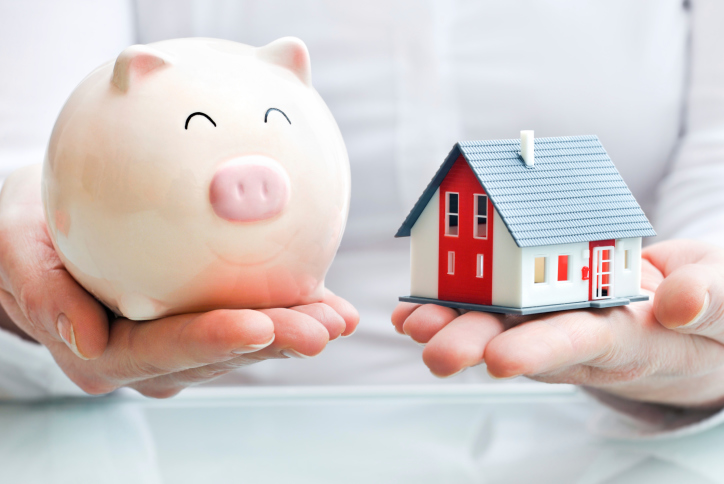Making Sure You Are Ready To Take On A Mortgage
 There is so much to know when it comes to homeownership that even wading into all of the information can seem overwhelming, but if there’s one thing you need when the time comes to purchasing a home, it’s to be prepared. Here are a few ways that you can ensure you’re ready for what a mortgage entails so that buying your dream home will be a positive experience you won’t regret.
There is so much to know when it comes to homeownership that even wading into all of the information can seem overwhelming, but if there’s one thing you need when the time comes to purchasing a home, it’s to be prepared. Here are a few ways that you can ensure you’re ready for what a mortgage entails so that buying your dream home will be a positive experience you won’t regret.
Consider All Of Your Options
Instead of accepting the mortgage that your bank is offering you, it’s very important to do some research and determine what some of the best options out there are for you. While it’s entirely possible that the option pushed forward by your bank will work out, in the days of so much information online it’s silly to go into your biggest purchase blindfolded. Take some time out and read about the products available so that, when the time comes, you can make an educated decision.
Know Your Credit History
Lenders will most definitely be digging through your finances and credit history for anything that might make them leery of your financial state, but you’ll want to be aware of your own standing so that you can be prepared for what this might entail. By getting your credit report and score before going through the process of acquiring a mortgage, you can fix any errors that might be on your credit report so that you’ll be prepared for the result when the time comes for pre-approval.
Plan For The Future Possibilities
If the mortgage amount you are planning on paying seems feasible on a month-to-month basis, it’s certainly a good place to start, but if you not on a fixed rate mortgage, you will need to consider the ever-fluctuating state of interest rates, and you need to prepare for this reality at the same time. It’s important to base the amount you’ll be spending each month off of the income and expenditures that you’ve worked out in a budget, but you’ll want to add in some wiggle room so that a jump in the rates won’t sink your dream of home ownership.
There are many things to be aware of when starting the process of purchasing a home, but delving into your credit history and doing the necessary background research can make for a smoother experience. If you’re looking for advice on purchasing a home, contact your local mortgage professional for more information.

 A monthly mortgage can seem like enough of a financial responsibility on its own, but there are many factors involved in home ownership that affect its fiscal feasibility. If you’re in the market for a house and are wondering how your income will stack up against the rest of your expenses, here’s how to determine a home cost that’s reasonable for you.
A monthly mortgage can seem like enough of a financial responsibility on its own, but there are many factors involved in home ownership that affect its fiscal feasibility. If you’re in the market for a house and are wondering how your income will stack up against the rest of your expenses, here’s how to determine a home cost that’s reasonable for you. Whether you’ve been thinking about ways that you can draw on your home equity to fund a renovation project or you want to take advantage of low interest rates before they rise again, refinancing your mortgage is an excellent option.
Whether you’ve been thinking about ways that you can draw on your home equity to fund a renovation project or you want to take advantage of low interest rates before they rise again, refinancing your mortgage is an excellent option. Buying a home isn’t cheap. But if you’re determined to become a homeowner, the FHA home loan program can help. This loan program, ideal for first-time buyers with low incomes, can help you to build your credit and make home ownership a reality.
Buying a home isn’t cheap. But if you’re determined to become a homeowner, the FHA home loan program can help. This loan program, ideal for first-time buyers with low incomes, can help you to build your credit and make home ownership a reality. If you’re planning to remodel or renovate your home in the near future – whether to provide a better living environment or as part of a house flip – you’ll need to find a way to pay for your home improvements. There are several different possible sources of renovation money, each with their own advantages and disadvantages. One option that is gaining popularity is mortgage refinancing.
If you’re planning to remodel or renovate your home in the near future – whether to provide a better living environment or as part of a house flip – you’ll need to find a way to pay for your home improvements. There are several different possible sources of renovation money, each with their own advantages and disadvantages. One option that is gaining popularity is mortgage refinancing.